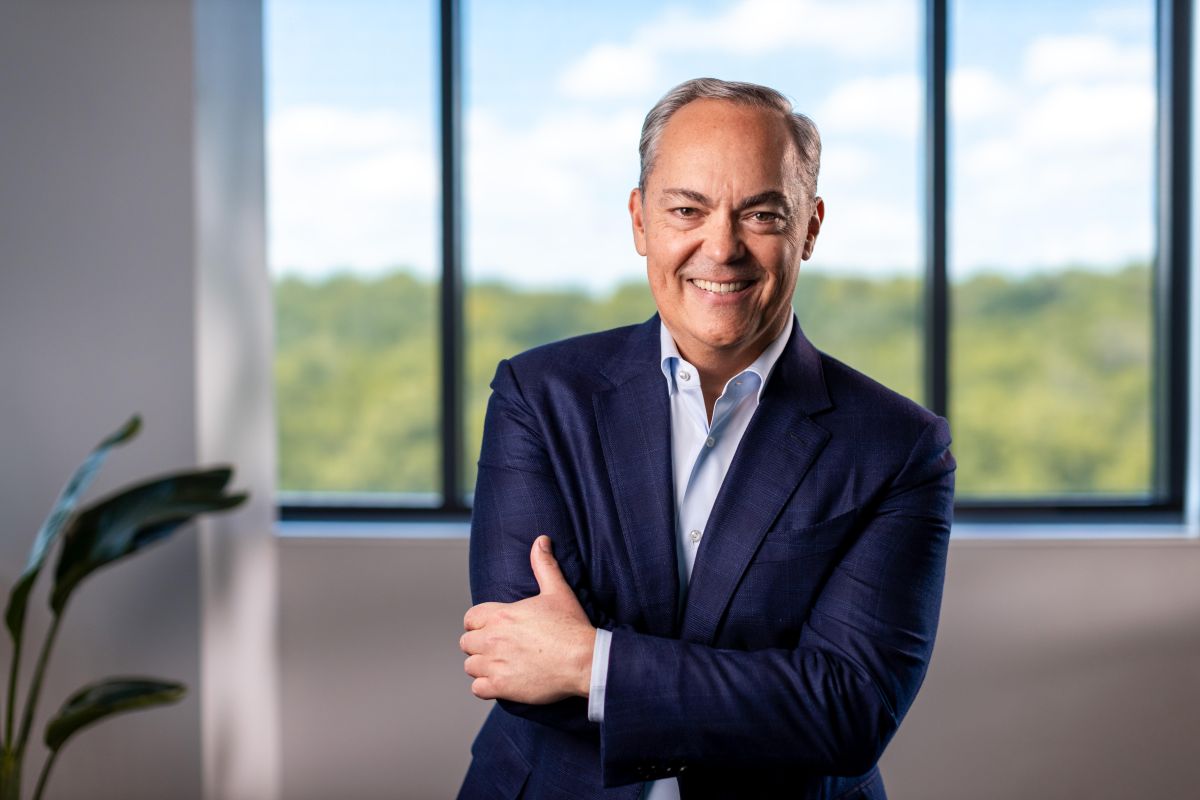As one of the fastest-growing companies in the collision repair industry, CollisionRight has captured attention by expanding to 100 locations in just four years. Under the leadership of CEO Rich Harrison, the Ohio-based company has achieved rapid growth through a combination of strategic acquisitions, operational efficiency and a focus on maintaining the local identity of its acquired brands.
In an interview with Autobody News, Harrison shared the strategies that fueled CollisionRight's rise, the importance of preserving the unique histories of local shops, and how the company plans to navigate the challenges of further expansion.
A Strategic Vision for Rapid Expansion
When Harrison founded CollisionRight in late 2019, he had the benefit of extensive experience in the automotive industry. “I spent over 20 years in the auto glass sector.” he said. “I recognized collision repair was a highly fragmented field, ripe for consolidation.”
His timing was opportune -- though the COVID-19 pandemic created widespread uncertainty across industries, Harrison saw it as an opportunity. “The pandemic was a gift for us,” he said. “It gave us time to plan, grow strategically, and acquire shops at a pace that might not have been possible otherwise.”
Key to CollisionRight’s growth was starting in markets like Ohio that, at the time, had less competitive intensity from national consolidators than in other parts of the country like Texas and California.
Harrison's merger and acquisition background also played a pivotal role. “We had a clear focus: invest in collision repair shops in Tier 2 and Tier 3 markets, like Erie, PA, and Flint, MI,” said Harrison. “This model has worked exceptionally well for us, and we’re now positioned for continued expansion into other states.”
The strategy is far from complete. Harrison noted CollisionRight plans to triple its footprint over five years.
“We aim to expand in the 10 states we’re already in and are looking at opportunities in Virginia as our 11th state and elsewhere. Achieving critical mass and density is key for profitability and scale,” Harrison said, adding that the focus will be on acquiring more shops while maintaining a strong emphasis on recruiting top talent.
Maintaining Local Identity in a Consolidating Industry
One of CollisionRight’s distinguishing features is its commitment to preserving the local identity of the shops it acquires.
“I love local branding,” Harrison said. “Some of the shops we’ve acquired have been around for 75 years, some even up to 100 years. These are neighborhood shops with strong reputations and repeat business and referrals deeply rooted in their communities.”
The commitment to local identity also maintains the trust and relationships these shops have fostered over the decades. CollisionRight integrates acquired shops into its common operational platform while allowing them to retain their names and customer relationships.
“It’s a delicate balance,” Harrison said. “We want to modernize and streamline operations, but we also want to honor the history that makes these shops unique. That’s why we rely on systems like CCC to help us manage operations while respecting the local heritage of each shop."
Navigating Workforce and Culture Challenges
As CollisionRight expands, scaling workforce management has become a central challenge. “When we had four shops, it was easier to manage the workforce and maintain a cohesive culture,” Harrison said. “Now, with 101 shops, keeping everyone engaged is a bigger task.”
To address this, Harrison emphasized the importance of leadership and employee engagement.
“If people are engaged, they give 30% more discretionary effort at work,” he said. “My vision is to provide the best possible customer experience and make our shops the best places to work.”
To ensure this, CollisionRight conducts regular employee surveys -- six-minute questionnaires employees can complete on their phones -- to gauge satisfaction and areas for improvement. The surveys are a quick and effective way to make sure they’re staying in touch with the needs of their team members.
Creating a strong company culture across such a diverse network also requires intentional leadership. “It comes down to great leadership at every level,” Harrison said. “Leaders at our shops need to understand the company’s vision and make it their own while maintaining the unique culture of their local market.”
Leading the Way in Technological Advancements
Beyond growth and culture, Harrison sees technological innovation as a key differentiator for CollisionRight. The collision repair industry is rapidly evolving, especially with the increasing need for vehicle calibration and scanning.
“Calibration is huge for us,” Harrison said. “We want to ensure vehicles are scanned and calibrated properly. That’s why we’ve set up 360ALIGN, our mobile fleet that provides calibration services for our shops."
CollisionRight performs scans on more than 90% of repair claims, a critical step in ensuring high-quality repairs.
“As we continue to expand, investing in new technology will be pivotal,” Harrison said. “The industry is moving towards more sophisticated diagnostics, and we want to lead the charge in that area.”
CollisionRight’s success is about growing responsibly, preserving the unique identities of the shops it acquires, and staying ahead of the curve in a constantly changing industry. With a clear vision for the future, the company seems well-positioned to continue its upward trajectory while staying true to its local roots.













Leona Scott